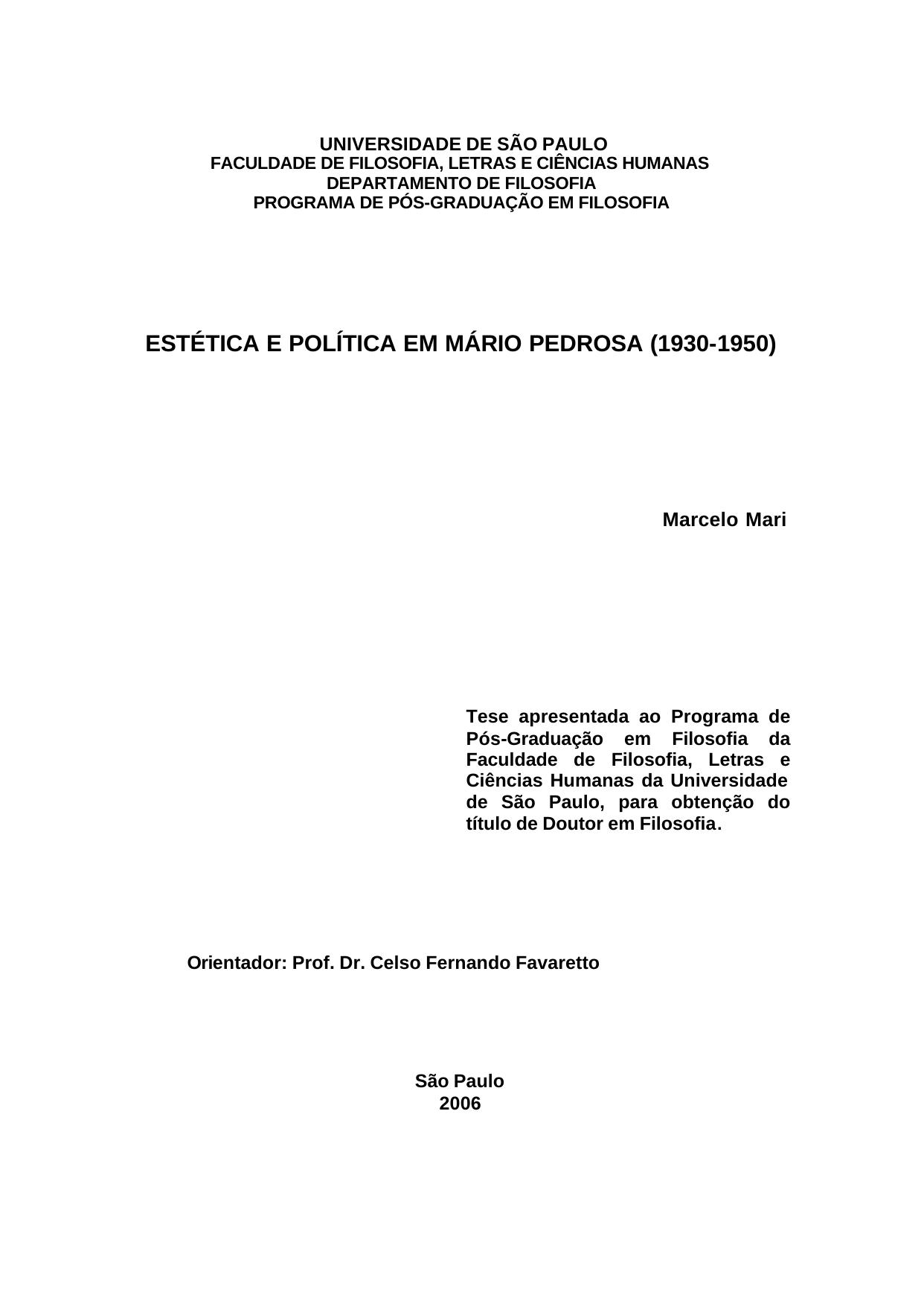
Estética e Política em Mário Pedrosa (1930-1950) PDF
285 Pages·2006·0.7973 MB·other
Most books are stored in the elastic cloud where traffic is expensive. For this reason, we have a limit on daily download.
Preview Estética e Política em Mário Pedrosa (1930-1950)
Description:
The object of this research is to show the connection between art and politics in Mário Pedrosa´s pathway during the decades of 1930 to 1950. If in his lecture on the German engraver Käthe Kollwitz in 1933 Pedrosa had outlined the principles of a Marxist aesthetics, which tried to link up the nature, origin and development of art with the technical stage reached by society and the class struggle, from 1942 onwards, he put emphasis on the specificity and the proper laws of the artistic field. Although Pedrosa had always in mind the final process of syntesis between art and social revolution, there has been a shift in his position. This derived not from his deliberate withdrawal from politics in order to devote himself exclusively to his role as an art critic, but from a
necessary adjustment to connect art with politics in another way, so that the prospects for the artistic field might be achieved.
necessary adjustment to connect art with politics in another way, so that the prospects for the artistic field might be achieved.
See more
The list of books you might like
Most books are stored in the elastic cloud where traffic is expensive. For this reason, we have a limit on daily download.
